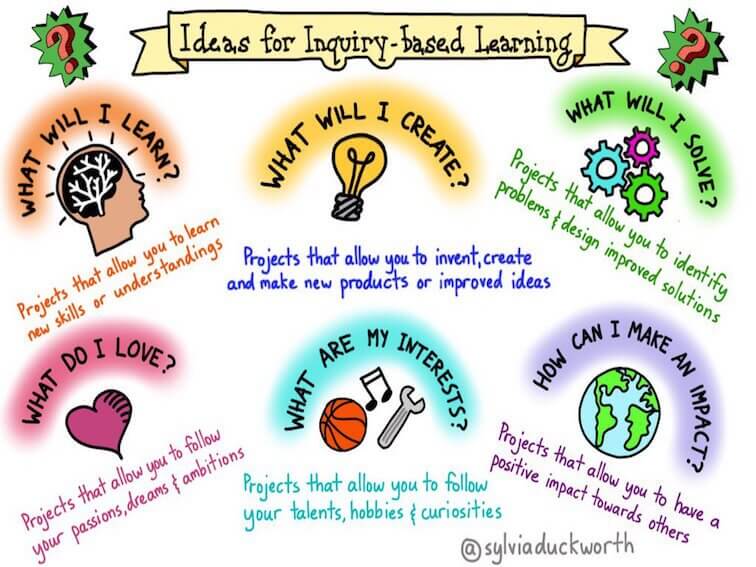
1. What activity could you suggest that they do, after they have watched the video (designed)? What type of knowledge or skill would that activity help develop? What medium or technology would students use to do the activity?
I would recommend group discussions between learners, such as an evaluative workshop. Teachers should encourage learners to participate, share knowledge points and reflect. In addition, the group can complete some projects together, and the project also serves as a feedback interaction. Feedback is an essential aspect of interaction, and timely and appropriate feedback on learner activities is often essential for effective learning. While students may suddenly feel a sense of empathy during the learning process, such as “I know this, I feel the same way!” But we can’t ensure that the students are absorbing the knowledge, so we need to use another medium to provide feedback. Face-to-face workshops are a great alternative; students can do them on Zoom. At the same time, I think the forum is also a good choice, and the Mattermost we use in class is also a good tool.
2. How could the video have been designed to generate more or better activity from viewers or students?
In my opinion, first of all, the teacher’s attitude in the video must be attractive. It will be boring if a teacher is not interested in class and only teaches knowledge points to the students. It is very important whether face-to-face teaching or online teaching. Secondly, it is essential to add video subtitles to the video. I did not have subtitles in the video learning of many courses, so I could not understand and missed the knowledge points due to the lisp of the teachers or my English proficiency. Then I need to spend a lot of time looking for the same knowledge in textbooks, which disgusts me. Finally, add interaction to the video. Some multiple choice questions can be added to the video for students to choose and consolidate their knowledge. Now many video sites can do the video insert multiple choice. With computer-based learning, once a student has answered a multiple-choice question, the computer can mark the question and provide almost instant feedback. This consolidation of knowledge is impressive.
3. How would students get feedback on the activity that you set? What medium or technology would they and/or you use for getting and giving feedback on their activity?
As I mentioned, when students are asked to do multiple choice questions in the video, they can get the correct answer in time and memorize it quickly. In addition, we can use some external websites. For example, Quizlet is my favourite website, and it can do multiple choice questions or recite words and then quizzes. It is a good self-study tool. Another way to do this, which I mentioned earlier, is to work in groups. Group work allows learners to communicate with each other with different ideas and areas of expertise. Through communication, everyone can learn new understandings. After completing the Group Project, the teacher can give the group feedback on the ratings and suggestions. Finally, I will use Google Forms to anonymously collect students’ feedback on my teaching content to improve the teaching design.
4. How will you address any potential barriers for your learners in the use of this video to ensure an inclusive design?
In my opinion, it is very important to add subtitles to videos, as I mentioned in the previous question. Subtitles can effectively help students from different native language countries and some disabled people to learn knowledge. Among today’s video sites, Youtube has had automatic subtitles for a long time, which can be automatically translated into other languages, eliminating the language barrier.
Peer’s Feedback:
Hi Zhihao,
Thanks for sharing! I finished watching this video, and I think we can use this video well in our teaching design. Your video interaction is great, and it is necessary to consolidate the theoretical knowledge for learners at the end of the video. I think we can design the questions for the test to be more difficult. Some theoretical knowledge can be omitted from the test. Because in practice, our learners need to ask to apply and judge the six principles. Therefore, I think we can design real questions and let the learners decide which principle it is. Our group’s interactions have always been in google Docs, and I was wondering if we could use more in Google Docs, which requires a lot of thinking.
Reference:
Bates, A. W. (T. (2015, April 5). 8.6 interaction. Teaching in a Digital Age. Retrieved October 30, 2022, from https://opentextbc.ca/teachinginadigitalage/chapter/pedagogical-roles-for-text-audio-and-video/


Recent Comments